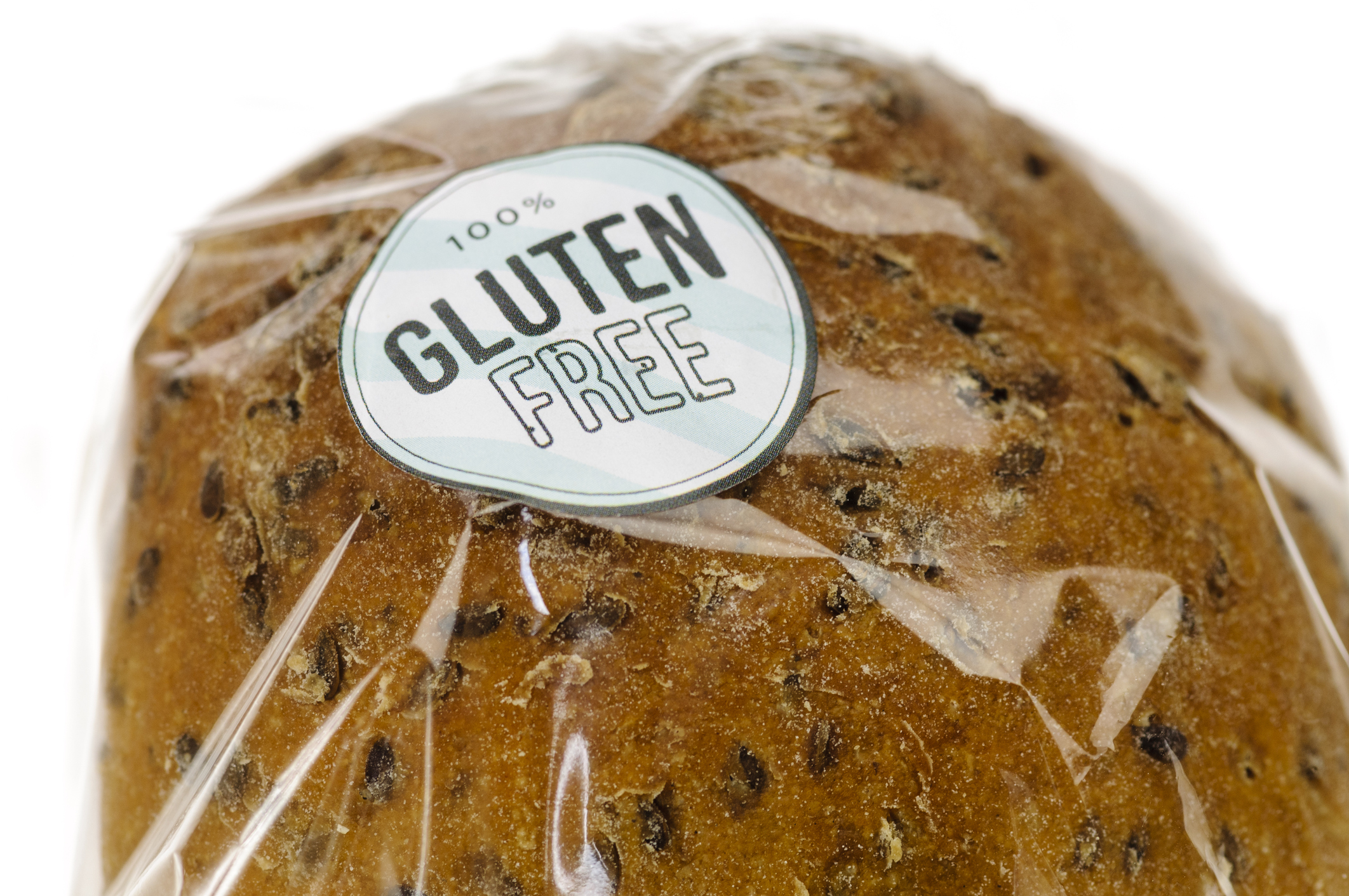Celiac disease is an immune reaction to gluten, a protein found in wheat, barley, and rye. The protein gluten can trigger an immune response in your small intestine damaging the lining. With the loss of proper small intestinal lining, this can cause symptoms such as diarrhea, fatigue, weight loss, bloating, and anemia.
Why does Celiac disease happen? The actual cause is unclear, but is seems to occur due to genetic and environmental factors. If you have a first degree relative with Celiac disease, the risk of other family members to have Celiac disease is as high as 10 to 40%. One percent of Americans have Celiac disease and 95% remain undiagnosed.
How is Celiac diagnosed? There are blood work and genetic tests that can be done to make the diagnosis. But the gold standard for diagnosis is an upper endoscopy in which a biopsy of small intestine is obtained for examination. For an accurate diagnosis, the patient must be eating gluten for at least two weeks, otherwise the test results may be falsely negative. This is because, with a strict gluten free diet, the lining of the small intestine repairs and will appear normal.
What are the complications of Celiac disease? If one does not maintain a strict gluten free diet, the intestinal lining will remain damaged and absorption of nutrients will be affected. Iron deficiency is something to look out for. With iron deficiency, one can become anemic. Calcium and vitamin D malabsorption can lead to osteoporosis, as well as infertility and increased risk of miscarriage. Damage to the lining can also affect the absorption of sugars, such as fructose, lactose, and sucrose. People can have a greater risk of developing intestinal lymphoma and small bowel cancer. Although rare, some people may develop disease of nerves to hands and feet. One can also develop a rash and a blistering skin disease.
How to treat Celiac disease? There is no cure for Celiac disease. Maintaining a strict gluten free diet is key to the management. Common foods that contain gluten include: flour, breads, crackers, muffins, pasta, cereal, baking mixes, sauces, spices, condiments, salad dressings, some medications and vitamin supplements. Wheat additives are the most common additives in American food, thus making it very important to reading all labels and taking extra caution. After remaining gluten free, one will notice improvement in symptoms within days or weeks. However it can also take up to two years for intestinal healing. Some patients may need medications for treatment of this condition.
Learn more about Celiac at https://celiac.org

